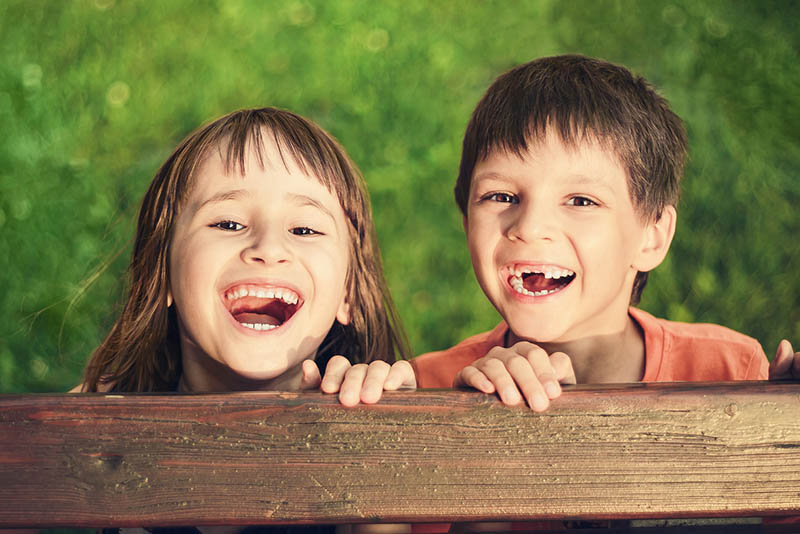
While most people finish losing their primary teeth (also called baby teeth or milk teeth) by age 12, there are some adults who still have at least one baby tooth! Still having a baby tooth is actually not that uncommon, and depending on a patient’s individual situation, there are a number of options for what to do about it.
The usual cause of a retained baby tooth (i.e. a baby tooth that didn’t fall out on its own) is the absence of an adult tooth to replace it. Kids start losing teeth when their adult teeth (permanent teeth) grow in behind them and start pushing the baby tooth out. However, sometimes the adult tooth never develops, leaving the baby tooth in place while other adult teeth grow in around it. While it isn’t exactly known why permanent teeth sometimes fail to develop, it probably has something to do with genetics, as retention of baby teeth tends to run in families and is slightly more common in women (source).
For patients, the most common concern regarding a retained baby tooth is aesthetics. That is to say, having a baby tooth among your adult teeth can look pretty strange because baby teeth are so much smaller. This is especially true if the tooth is one of your front teeth that shows when you smile.
For your dentist, the concern about your baby tooth may be more clinical in nature. These baby teeth can still fall out even after you reach adulthood because they sometimes have shallow roots and therefore aren’t very secure in your mouth. Without an adult tooth to take its place, this lost baby tooth leaves a gap that can cause problems with the function of your bite and the alignment of your other teeth. Your adult teeth will tend to shift toward the gap, causing them to become crooked.
If it looks like your retained baby tooth doesn’t have a strong and deep root structure, your dentist may recommend removing it. After the tooth is removed, there are a few options. The best option is a dental implant, which is a prosthetic tooth with a metal tooth root. Dental implants function just like natural teeth. However, if there has been bone loss where the baby tooth used to be, there might not be enough bone to anchor an implant into. In these cases, the dentist may recommend a permanent bridge or partial denture to fill the gap.
For many adults with a retained baby tooth, that tooth is just as healthy and secure as their adult teeth. The only difference is its size and shape. The most common aesthetic solution to make your baby tooth match the others is dental bonding. This is when the dentist uses a tooth-colored material (a composite resin) to build-up the tooth so it is the appropriate size and shape. This material is permanently bonded to the baby tooth, allowing it to look natural and function normally.
There are a lot of considerations that go into deciding what should happen for an adult with a baby tooth. Your dentist will do a full evaluation of your situation, including diagnostic x-rays, and help you decide on the best course of action.
Appointments Before & After Work or School & on Saturdays & Sundays!
Request Online or Call Today!
Related Posts
Counterproductive Brushing Habits & Fixes
If you brush your teeth at least twice a day, you’re doing great. Regular brushing is the key to preventing tooth pain & expensive procedures.
Solutions for Slowing Sensitivity in Teeth
As our teeth are exposed to more & more foods that wear away enamel, our teeth can become sensitive to things like hot & cold food & drink.
Teaching Your Child Good Dental Habits
Good dental habits like brushing your teeth are important for your oral & overall health, but to kids, they can feel like a chore. Even though baby teeth will fall out eventually, it’s important to keep them healthy because they are guides & space holders for permanent teeth. Here are some tips for teaching your kids good dental hygiene habits to solidify their oral health for a lifetime.



